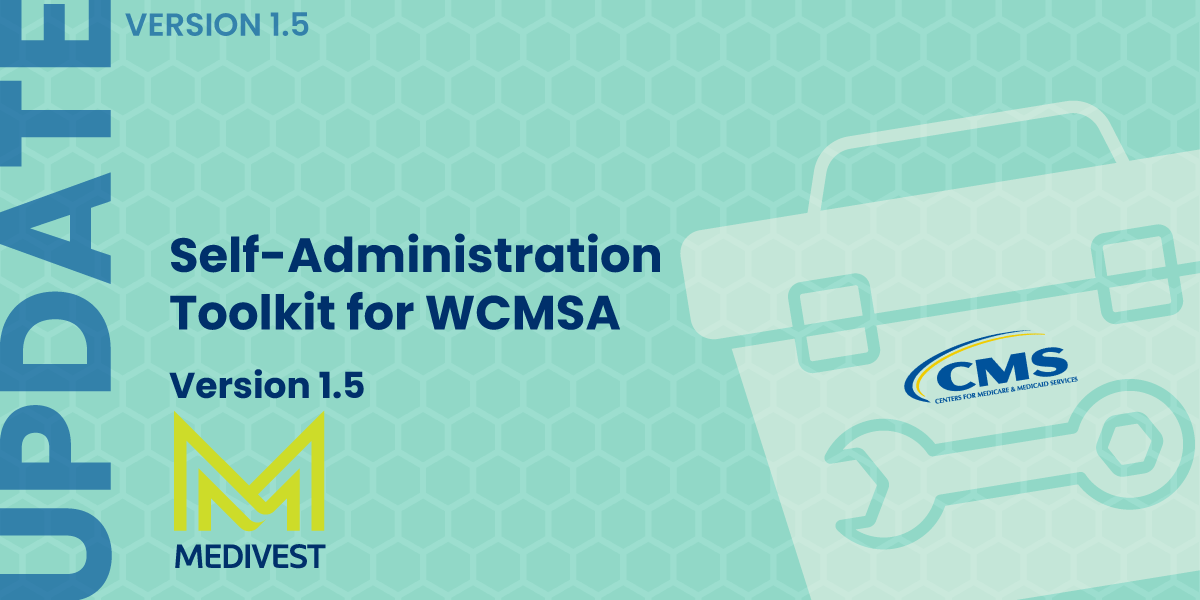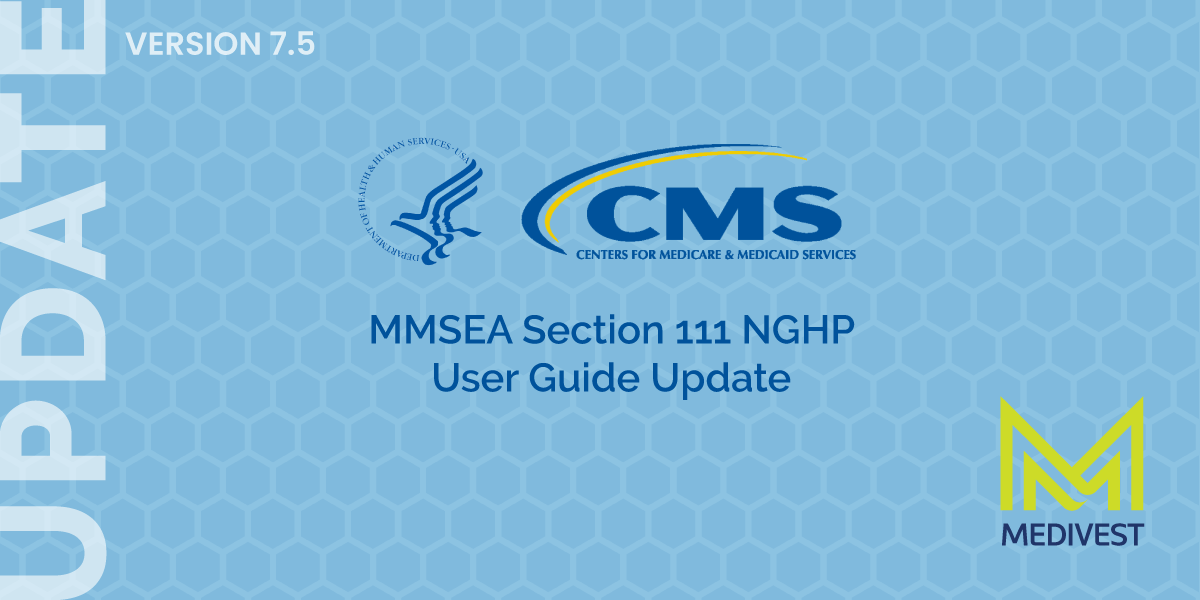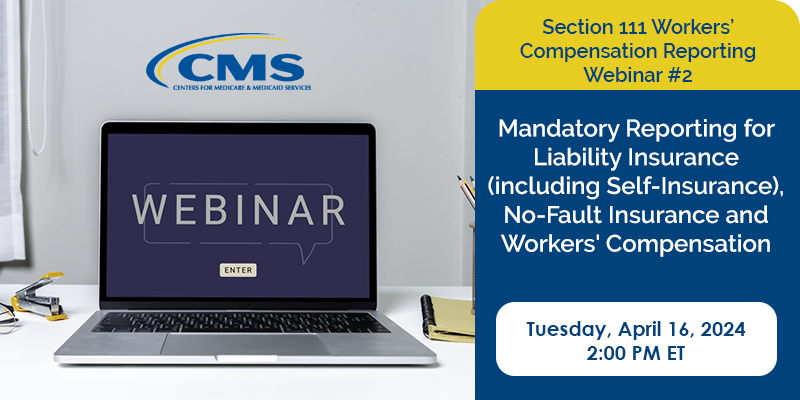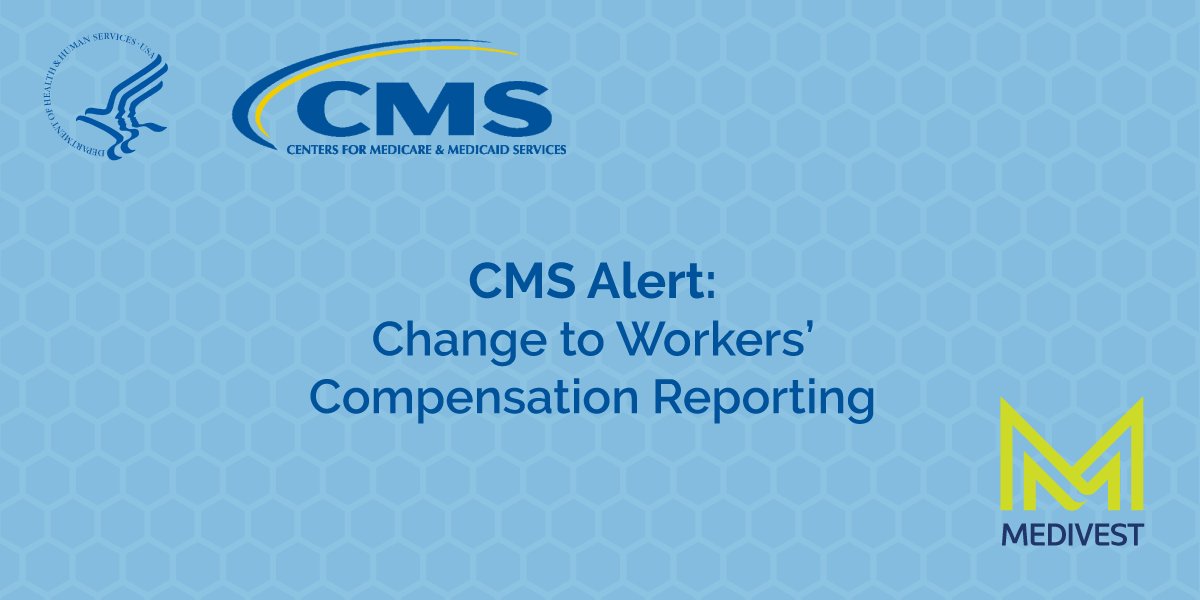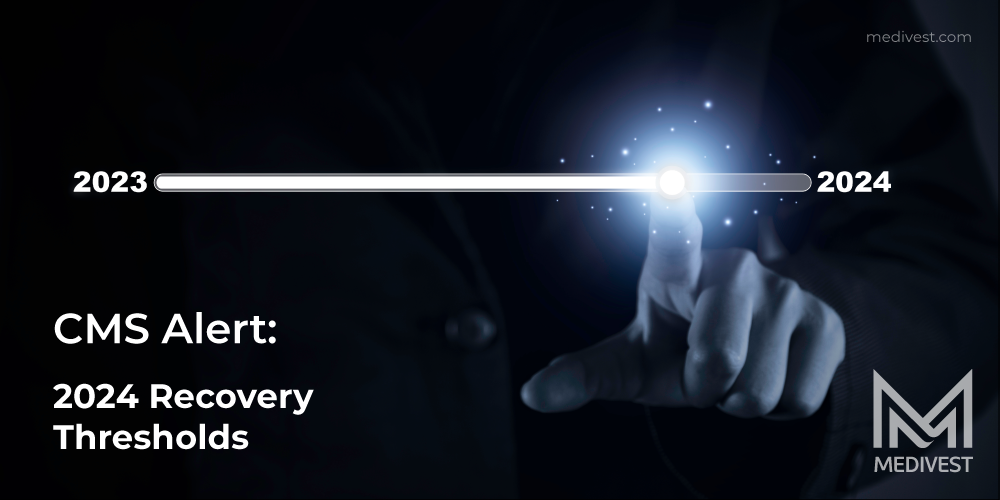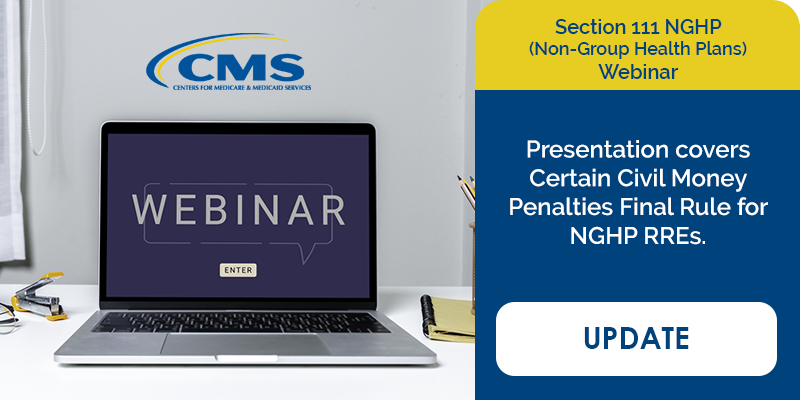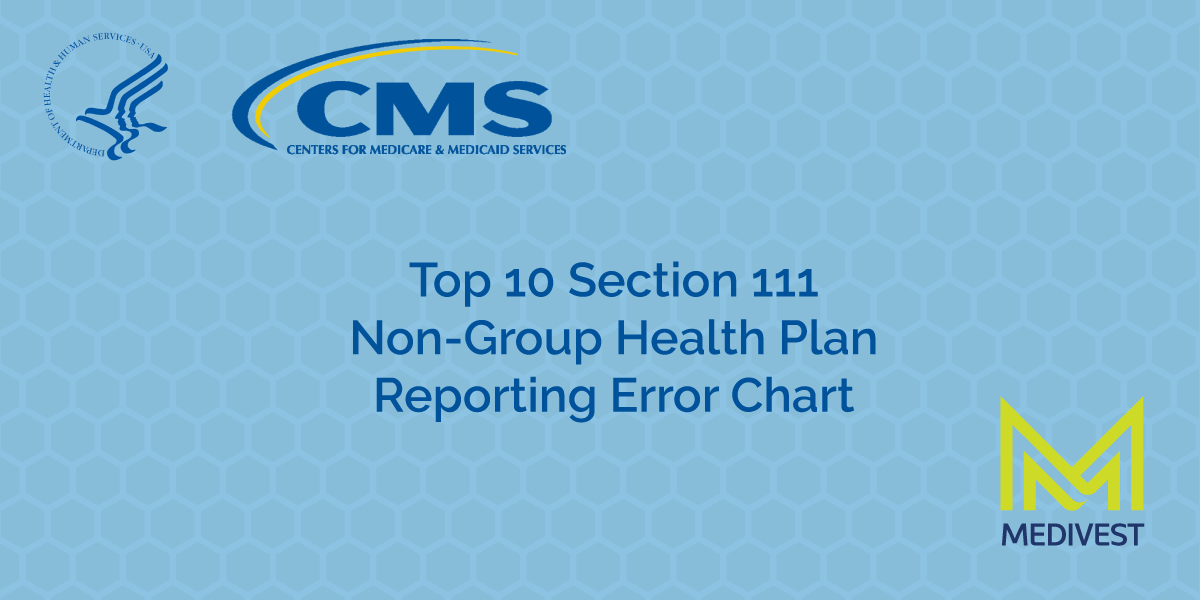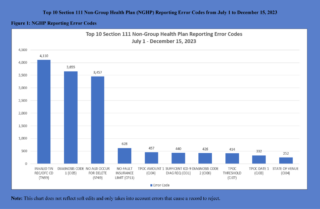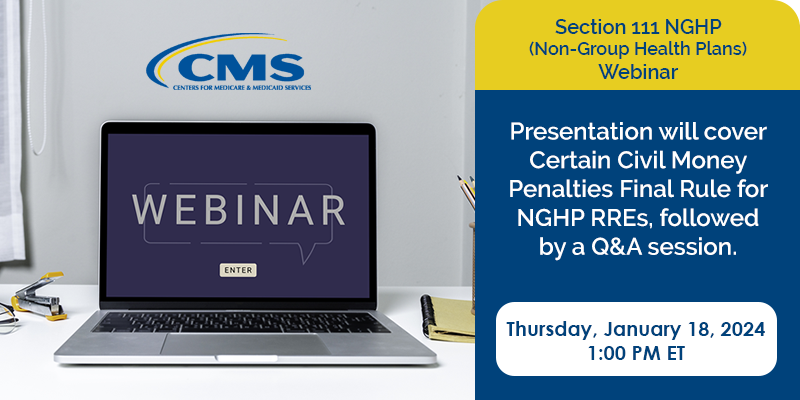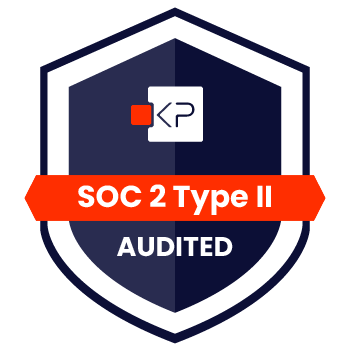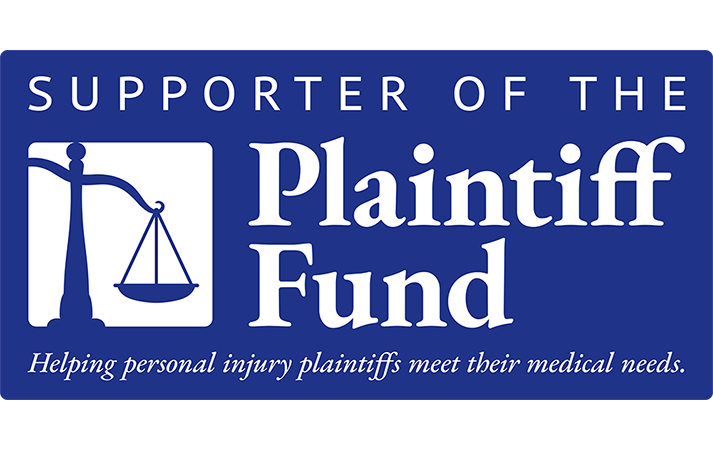The Centers for Medicare & Medicaid Services (CMS) has released the Self-Administration Toolkit for WCMSAs version 1.5 on May 15, 2024. The Toolkit replaces Version 1.4 which was released on July 3, 2023.
To download the new Self-Administration Toolkit for WCMSA Version 1.5 click here.
Self-Administration With Additional Help
For injured parties who are considering self-administration, but who also want additional consultation on the process, Medivest provides a Self-Administration Kit. With purchase of the Medivest Medicare Set-Aside Self-Administration Kit, the injured person will receive a one-hour consultation on the proper administration of a Medicare Set-Aside account, covering topics including:
-
- Where to deposit and hold Medicare Set-aside funds
- Which expenses are allowed to be paid from a Medicare Set-Aside account
- What rates must be used to negotiate and pay for expenses
- How to annually report the Medicare Set-aside to the CMS
- What to do if the MSA funds exhaust temporarily or permanently
- How to discuss a Medicare set-aside with a medical provider
- What are the tax implications of interest earned on Medicare Set-Aside funds
For Additional Information
Medivest will continue to monitor changes occurring at CMS and will keep its readers up to date when such changes are announced. For questions about self administration, professional administration or anything else regarding rules and recommendations from CMS, feel free to reach out to the Medivest representative in your area by clicking here or call us direct at 877.725.2467.


